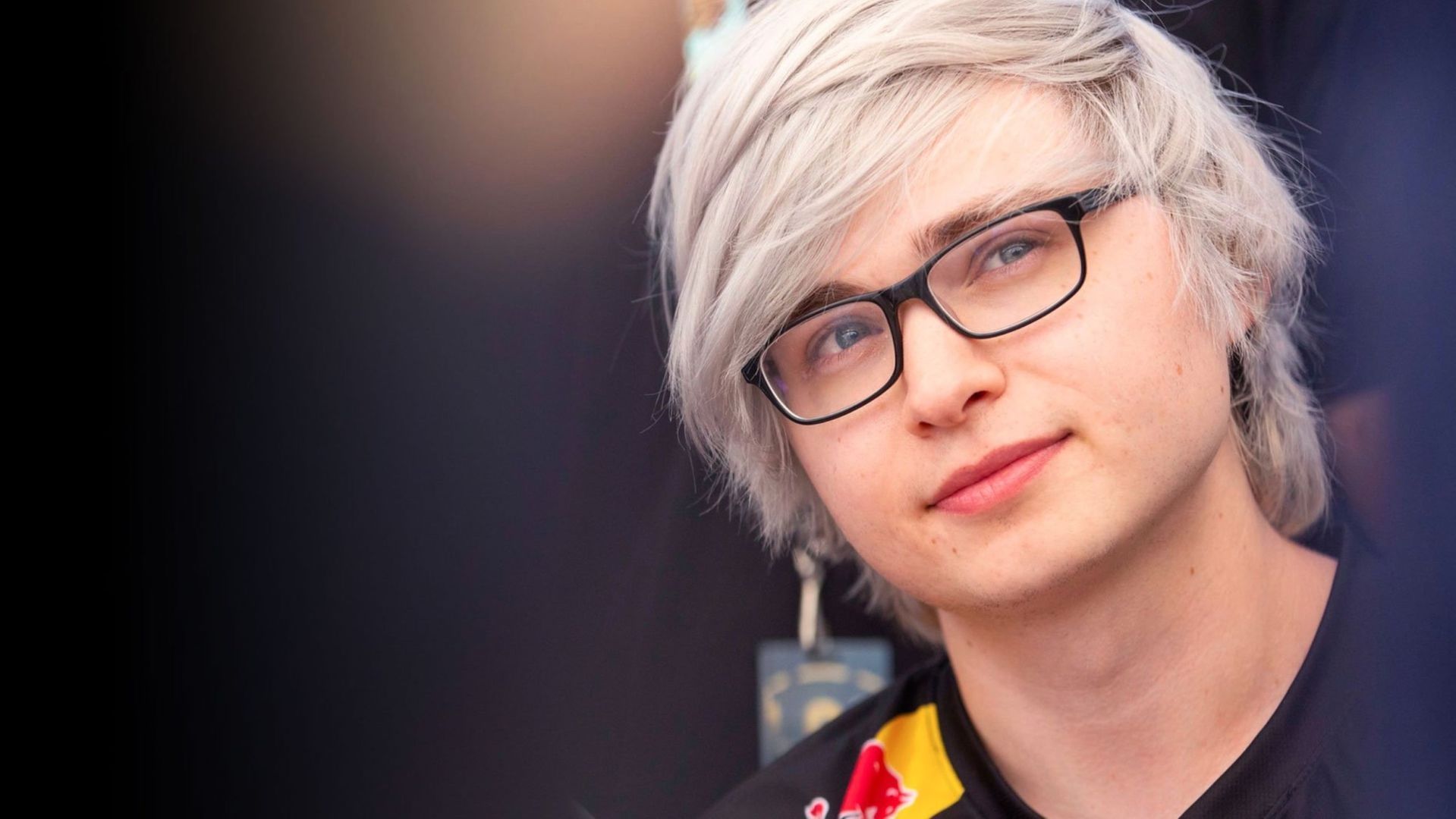When you picture a serious pool player, you might think of fancy cues with intricate designs and shiny inlays. Yet, there's a certain kind of cue that doesn't scream for attention but often holds a quiet secret: the sneaky pete pool cue. These cues, you know, they look a lot like a house cue, the kind you might find at your local pool hall, but appearances can be quite deceiving. They carry a heritage, a sort of whispered story from the old days of the game, when a player's skill was often kept under wraps until it was too late for their opponent.
This particular style of cue, you see, has a long and interesting past, rooted in the very spirit of hustling, though it's certainly not just for that anymore. It's about a clean, unassuming look that, in a way, hides the very precise engineering and careful construction that goes into it. Players who appreciate a straightforward tool, one that performs without drawing too much notice, often find themselves drawn to these special sticks. They are, in some respects, a nod to a time when the game was perhaps a bit more about subtle moves and less about flashy displays.
For anyone who loves the game of billiards, understanding the appeal of a sneaky pete pool cue can really open up a new appreciation for the tools of the trade. It’s not about how it looks on the outside, but rather how it feels and performs in your hands, how it helps you make those shots that seem to defy expectation. We'll be taking a closer look at what makes these cues so special, their history, and why they continue to be a preferred choice for many players today, even when there are so many other options out there.
Table of Contents
- What Makes a Sneaky Pete Pool Cue?
- The History Behind Sneaky Pete Pool Cues
- Why Do Players Choose Sneaky Pete Pool Cues?
- Identifying a Quality Sneaky Pete Pool Cue
- Are Sneaky Pete Pool Cues Only for Hustlers?
- Caring for Your Sneaky Pete Pool Cue
- Finding the Right Sneaky Pete Pool Cue for You
- The Quiet Tradition of Sneaky Pete Pool Cues
What Makes a Sneaky Pete Pool Cue?
A sneaky pete pool cue, at its heart, is a cue that looks like it belongs to the house, the kind you’d grab from a wall rack at a public hall. But, you know, beneath that simple appearance lies a carefully put together piece of equipment. Typically, these cues feature a four-point splice design, often made with woods that look pretty common, like maple. The points, as a matter of fact, are usually sharp and even, not like the rounded ones you sometimes see on very basic cues. This design choice is quite deliberate, allowing the cue to be taken apart and put back together quickly, almost without anyone noticing.
The joint, where the cue separates into two pieces, is usually made with a wood-to-wood connection. This means there's no metal collar or ring showing at the joint, which would give away its two-piece nature. This specific detail, you know, is a big part of the "sneaky" aspect. It helps the cue maintain that single, solid look of a house cue. The shaft and the butt, they usually match in terms of wood grain and color, making the break in the middle nearly invisible to a casual glance. It’s all about blending in, really, while still providing the performance of a custom-made cue.
The materials used in a sneaky pete pool cue are usually chosen for their feel and performance, not for their flashy appearance. You might find a high-quality maple shaft, perhaps with a nice, firm tip. The balance of the cue is also a very important consideration; it needs to feel right in your hands, giving you a good sense of control over your shots. These cues are often made by hand, with a lot of care, even if they don't have all the shiny decorations. It’s that blend of simple looks and serious playability that defines them, in a way.
The History Behind Sneaky Pete Pool Cues
The story of the sneaky pete pool cue is tied pretty closely to the history of pool itself, especially the part where players would travel from town to town looking for a game. Back in the day, a traveling player, or a "hustler," might want to keep their true skill a secret until the money was on the table. If they showed up with a really ornate, custom-made cue, it would immediately signal to others that they were a serious player, perhaps too serious to bet against. So, too, they needed a cue that looked unassuming, something that wouldn't give away their professional abilities.
The name "Sneaky Pete" itself, you know, is said to come from a famous hustler who used such a cue to trick opponents into thinking he was just an average player. This type of cue allowed them to carry a high-performance, two-piece cue that could be easily transported, but that also looked just like the single-piece house cues found in any pool hall. It was a clever disguise, basically, a way to maintain an element of surprise. This approach, honestly, became quite popular among players who valued discretion and a practical approach to their game.
Over time, the design became recognized as a specific style, even among cue makers. They started building cues with this simple, house-cue look but with the precise construction and quality materials of a custom cue. While the hustling aspect is less common today, the appeal of a well-made, understated cue has definitely stuck around. Many serious players, as a matter of fact, still prefer the clean lines and solid feel of a sneaky pete pool cue, not for deception, but for its pure performance and connection to the game's roots.
Why Do Players Choose Sneaky Pete Pool Cues?
There are a few good reasons why someone might pick a sneaky pete pool cue over something flashier. For one thing, the understated look can be quite appealing. Not everyone wants a cue that draws a lot of attention. Some players, you know, prefer to let their game do the talking, rather than their equipment. A simple, elegant cue allows them to focus purely on the shot and the strategy of the game, without any visual distractions. It's about a clean aesthetic, in a way, that many find very satisfying.
Another big reason is the feel. Because sneaky pete pool cues often have a wood-to-wood joint, they can provide a very solid, almost seamless feel when striking the ball. This kind of connection, actually, can give a player a lot of feedback through the cue, helping them to better understand how their shot connected and what adjustments they might need to make. It's a very direct feel, which many find helps with consistency and control. This directness, arguably, is a key part of their appeal.
Then there's the practicality. A two-piece cue is just easier to transport than a one-piece. Even if it looks like a house cue, being able to break it down and put it in a case is a huge benefit for anyone who travels to play, or even just takes their cue to different places. This convenience, you know, means you can always have your own reliable cue with you, ready for a game, without having to worry about carrying a very long, single stick. It combines the best of both worlds, really, performance and portability.
Identifying a Quality Sneaky Pete Pool Cue
When you're looking at sneaky pete pool cues, there are some things to keep an eye out for that suggest a good build. First, check the wood. You want to see good, straight grain in the shaft, which indicates stability and a better feel. The points, too, should be very clean and even, showing that care was taken in their construction. A well-made cue will have points that meet perfectly at the splice, without any gaps or unevenness. This attention to detail, you know, really matters for how the cue performs.
The joint is another important part. On a true sneaky pete, you'll be looking for that wood-to-wood connection, with no visible metal. The fit should be snug and secure when the cue is put together, without any wobbling or play. A good joint, as a matter of fact, ensures that the cue feels like a single, solid piece when you're using it, which is pretty important for consistent shots. If it feels loose or creaks, that might be a sign of a less carefully made cue.
Finally, consider the balance and the overall feel of the sneaky pete pool cue in your hands. Pick it up, hold it, and pretend to take a few shots. Does it feel comfortable? Does it swing smoothly? A quality cue will have a balance point that feels natural to you, allowing for a steady stroke. The tip, too, should be of good quality, often a layered leather tip, which offers better grip on the cue ball and more control over spin. These small details, you know, add up to a very different playing experience.
Are Sneaky Pete Pool Cues Only for Hustlers?
The idea that sneaky pete pool cues are just for hustlers is, honestly, a bit of an old tale that doesn't really hold true anymore. While they certainly got their start in that world, their appeal has grown far beyond it. Today, many serious players, from league competitors to casual enthusiasts, choose these cues simply because they appreciate the design and the way they perform. It's less about tricking someone and more about preferring a particular style of cue. The name itself, you know, has become more of a nod to tradition than an instruction manual for deception.
A lot of players, you see, just like the clean, understated look. They might not want a cue with bright colors or very elaborate inlays. For them, the simple appearance of a sneaky pete pool cue is a statement in itself – a statement of focus on the game, not on flash. It's about letting your skill speak for itself, rather than your equipment. This preference for a classic, unadorned tool is a very common reason for choosing one today, and it has nothing to do with any sort of trickery.
Moreover, the performance characteristics of a well-made sneaky pete pool cue are genuinely good. The solid feel, the excellent balance, and the precise construction make them a very effective tool for playing pool at any level. So, while the history is interesting, don't let the name fool you into thinking these cues are only for a certain kind of player. They are, in fact, enjoyed by a wide range of people who simply appreciate a well-crafted, straightforward cue. It's pretty much a choice based on personal preference and playing style, you know.
Caring for Your Sneaky Pete Pool Cue
Taking good care of your sneaky pete pool cue will help it last a long time and keep performing well. One of the most important things, you know, is to store it properly. Always keep your cue in a case when you're not using it. This protects it from bumps, scratches, and changes in temperature and humidity, which can cause the wood to warp. A good cue case, as a matter of fact, is an investment that really helps preserve your cue's integrity.
Cleaning is also pretty important. After each playing session, gently wipe down the shaft with a clean, soft cloth. This removes chalk dust and any oils from your hands, which can build up over time and affect the smoothness of your stroke. You should avoid using harsh chemicals or abrasive cleaners, as these can damage the wood or the finish of your sneaky pete pool cue. A simple wipe-down, you know, is usually all that's needed to keep it feeling fresh.
Finally, pay attention to the tip. The tip of your sneaky pete pool cue is the part that makes contact with the ball, so keeping it in good shape is very important for consistent play. Regularly scuff your tip to maintain its texture, which helps it hold chalk better and grip the cue ball more effectively. If the tip gets too flat or worn down, it's a good idea to have it replaced by someone who knows what they're doing. These small acts of care, honestly, make a big difference in the long run.
Finding the Right Sneaky Pete Pool Cue for You
Choosing the right sneaky pete pool cue is a very personal thing, a bit like finding the perfect tool for any craft. What feels good to one player might not feel quite right to another. So, you know, the best way to find one that suits you is to try out a few different ones if you can. Pay attention to the weight of the cue, as some players prefer a heavier stick for more power, while others like a lighter one for more finesse. The balance point, too, is something you'll want to consider; it should feel natural in your hands.
The shaft's taper, which is how it gradually narrows from the joint to the tip, can also make a difference in how the cue feels and plays. Some shafts have a more gradual taper, which can feel smoother through your bridge hand, while others might have a more abrupt change. Think about what kind of feel you prefer when you're lining up your shots. The tip size and hardness are also worth considering, as these affect how the cue ball responds to your strike. It's really about what works for your particular style of play, you know.
Don't be afraid to ask questions when you're looking at sneaky pete pool cues. Talk to experienced players or cue makers. They can offer insights and advice that might help you make a more informed choice. Ultimately, the best cue for you is the one that feels comfortable, allows you to play your best, and that you enjoy using. It’s a very personal connection you build with your equipment, and finding that perfect match is part of the fun of the game.
The Quiet Tradition of Sneaky Pete Pool Cues
The sneaky pete pool cue, in a way, stands as a quiet reminder of pool's long and interesting past. It represents a time when skill and subtlety were perhaps valued above all else, and a player's true abilities were often kept under wraps. Even though the game has changed a lot, and cues come in all sorts of designs now, the sneaky pete has maintained its place as a classic choice. It's a testament to the idea that true quality doesn't always need to be loud or flashy to be appreciated.
For many players, choosing a sneaky pete pool cue is a way to connect with that history, to feel a part of a tradition that values the fundamentals of the game. It's about a tool that performs its job with quiet efficiency, without drawing undue attention. This kind of cue, you know, encourages a focus on the mechanics of the shot and the strategy of the game, rather than on external appearances. It's a very straightforward approach to equipment, which many find refreshing in a world full of complex choices.
So, the next time you see a player with a simple-looking cue, remember that there might be more to it than meets the eye. That unassuming stick could very well be a sneaky pete, a cue with a story, a heritage, and a very serious capacity for play. It’s a choice that speaks to a certain kind of player, one who appreciates quiet strength and timeless design over passing trends. It’s pretty much a symbol of enduring quality in the world of billiards, you know.
This article has explored the unique characteristics of sneaky pete pool cues, touching upon their historical origins and why they gained such a distinctive name. We looked at the specific design elements that set them apart, like the wood-to-wood joint and simple appearance. We also discussed the reasons players choose these cues, focusing on their feel, performance, and understated appeal. Furthermore, we covered how to identify a well-made sneaky pete, debunked the myth that they are solely for hustlers, and offered guidance on caring for your cue. Finally, we touched on how to find the right sneaky pete for your own playing style and the quiet tradition these cues represent in the broader world of billiards.
Related Resources:



Detail Author:
- Name : Dr. Katarina Douglas
- Username : susie.botsford
- Email : milo.spinka@hotmail.com
- Birthdate : 1983-07-22
- Address : 49996 Teagan Path Apt. 783 South Audreanne, AK 87700
- Phone : 1-804-404-2313
- Company : Paucek-Hamill
- Job : Economist
- Bio : Nisi iste nisi impedit consequatur quas non. Quibusdam laboriosam maiores omnis vero voluptatem natus. Ipsum placeat quis ut esse pariatur dolorem. Ut quia ea quis.
Socials
instagram:
- url : https://instagram.com/ray.bauch
- username : ray.bauch
- bio : Non velit quia necessitatibus similique. Odio ea qui saepe laudantium reprehenderit.
- followers : 3004
- following : 546
linkedin:
- url : https://linkedin.com/in/ray.bauch
- username : ray.bauch
- bio : Quis est animi sit corrupti veniam fugit magni.
- followers : 5822
- following : 2258